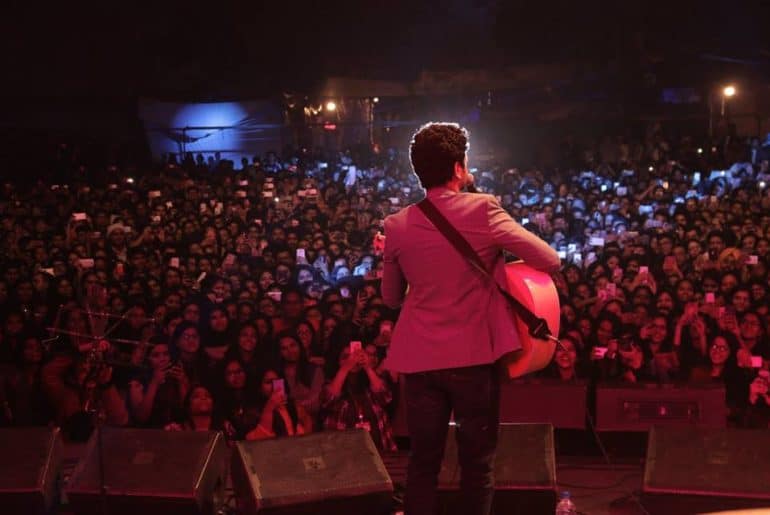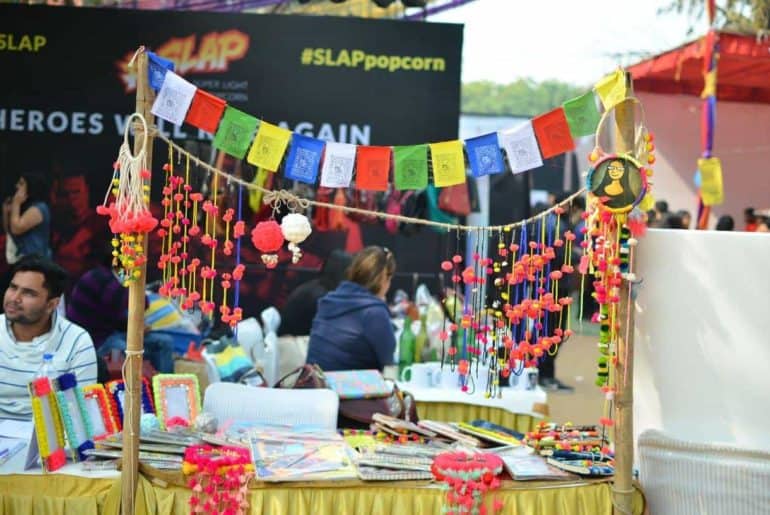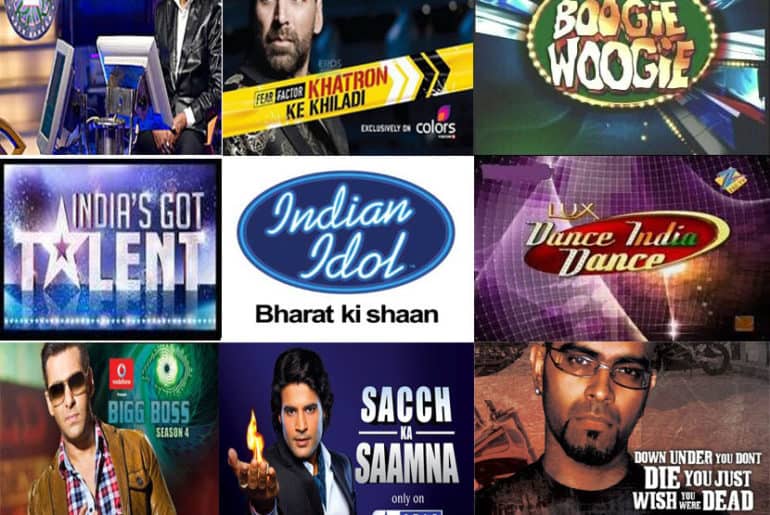Nokia’s iconic 3310, a model which needs no introduction owing to the reverence and glorification attached to it, is believed to re-enter the market with its modern version!
At a time when The Humma Song and Tamma Tamma are endeavouring to strike chords in hearts as modern renditions of their Bollywood classics, it is only natural that the world of technology shall also put in its nostalgic bit. A phone which is the inexhaustible source of memes, a phone which endorsed the snake game like no other, and a phone which proudly carries the power to emerge victorious in the event of a zombie apocalypse, the Nokia 3310 is the proud Wolverine in the telephonic world. Its speculated return in our lives has sparked excitement and anticipation as a wave of nostalgia hits the hearts!
The tumultuous trajectory of Nokia was rectified with its re-launch in January, with HMD Global acquiring its rights and introducing the Nokia 6 smartphone. According to reports, the Finnish company HMD Global Oy is planning to release a 2017 Nokia 3310 version by the end of this month. The iconic phone has been regarded with admiration owing to its simplified structure, days-long battery life, and the ability to survive anything and everything. Fast forward to today, an age where lives are perturbed by fragile glass-screen phones, the revival of Nokia’s legendary phone would serve the dual purpose of satiating nostalgia and ensuring easy phone management.
Previously discontinued in 2005, the phone has since been glorified in the pages of history as indestructible and inexorable. Priced at USD 62, roughly Rs. 4200, the phone shall be adapted to certain modern features whilst sticking to its core attributes. This will act as a major element of competition in the contemporary market flooded with minimally priced Android smartphones.
Along with the blast from the past, HMD will also be revealing two averagely-priced Android phones – Nokia 5 and Nokia 3 – to continue their project of re-establishment. The former is set to come with a 5.2-inch display, 2GB of RAM, 12 megapixel camera, and Snapdragon 430 chipset, and is rumoured to be valued at around Rs.14,000. Nokia 3, designed along similar lines, will be initially priced at approximately Rs.10,500.
Image Caption: The legendary Nokia 3310 is speculated to be re-launched by HMD this February
Image Credits: Hindustan Times
Saumya Kalia





